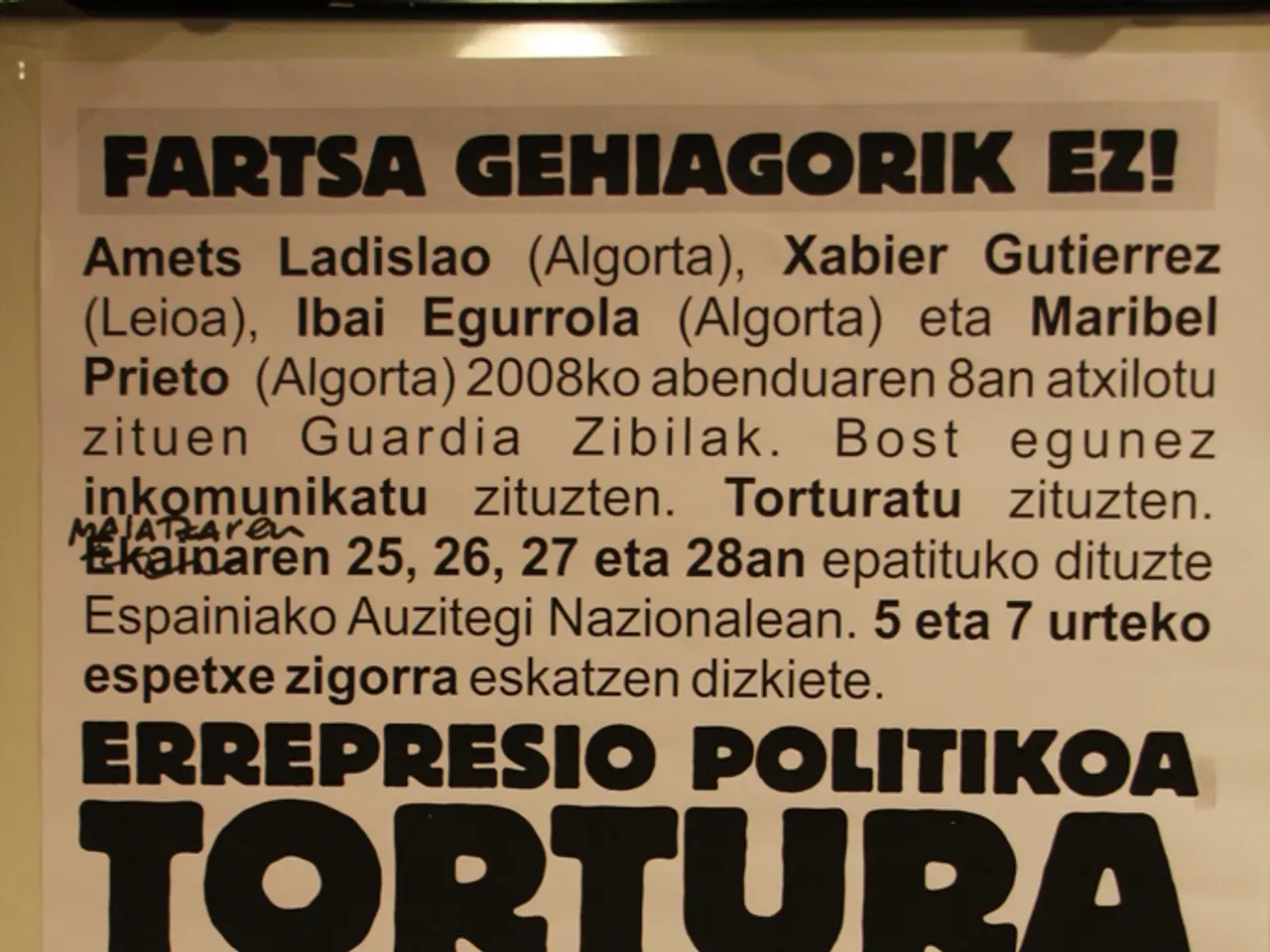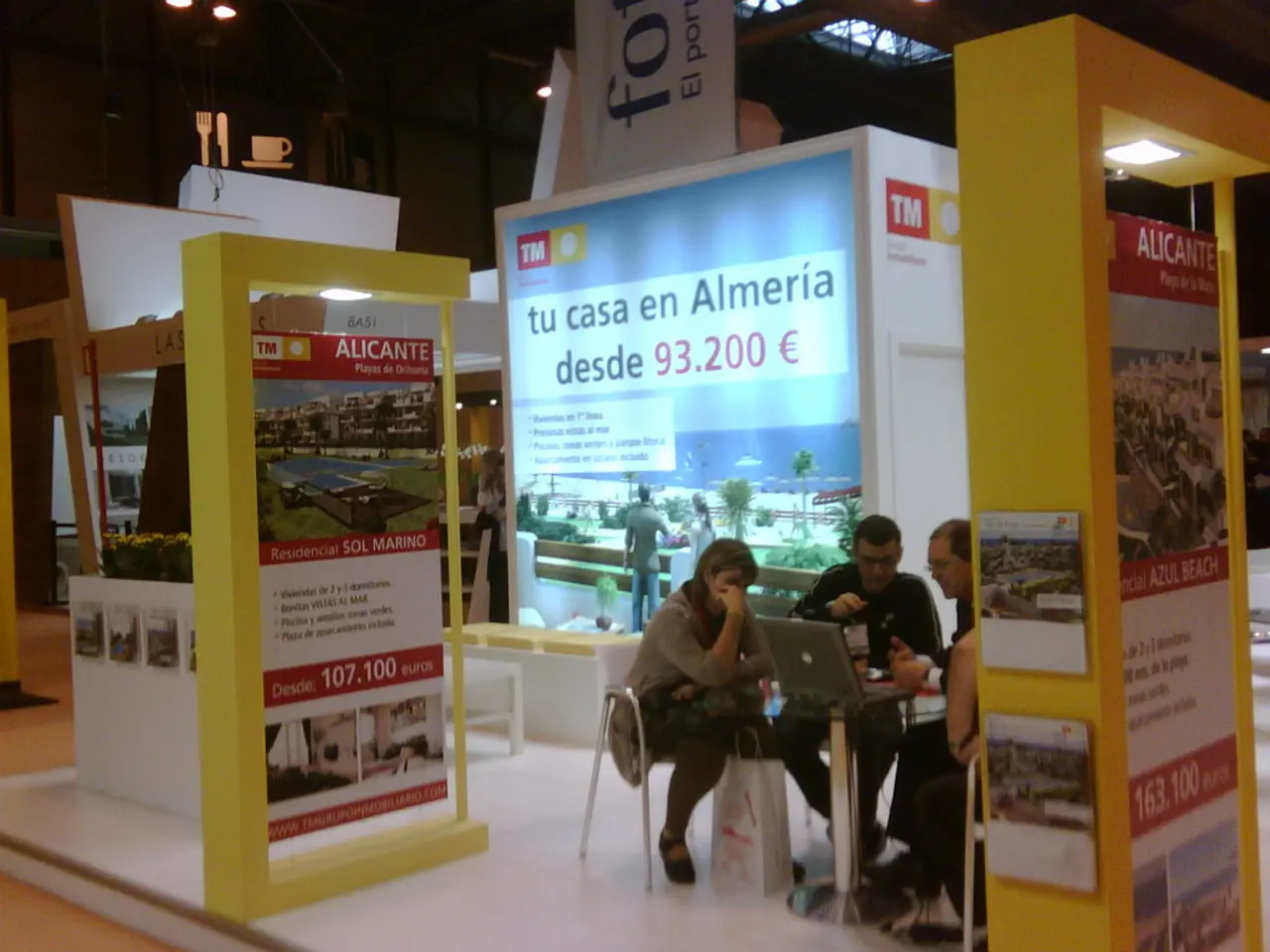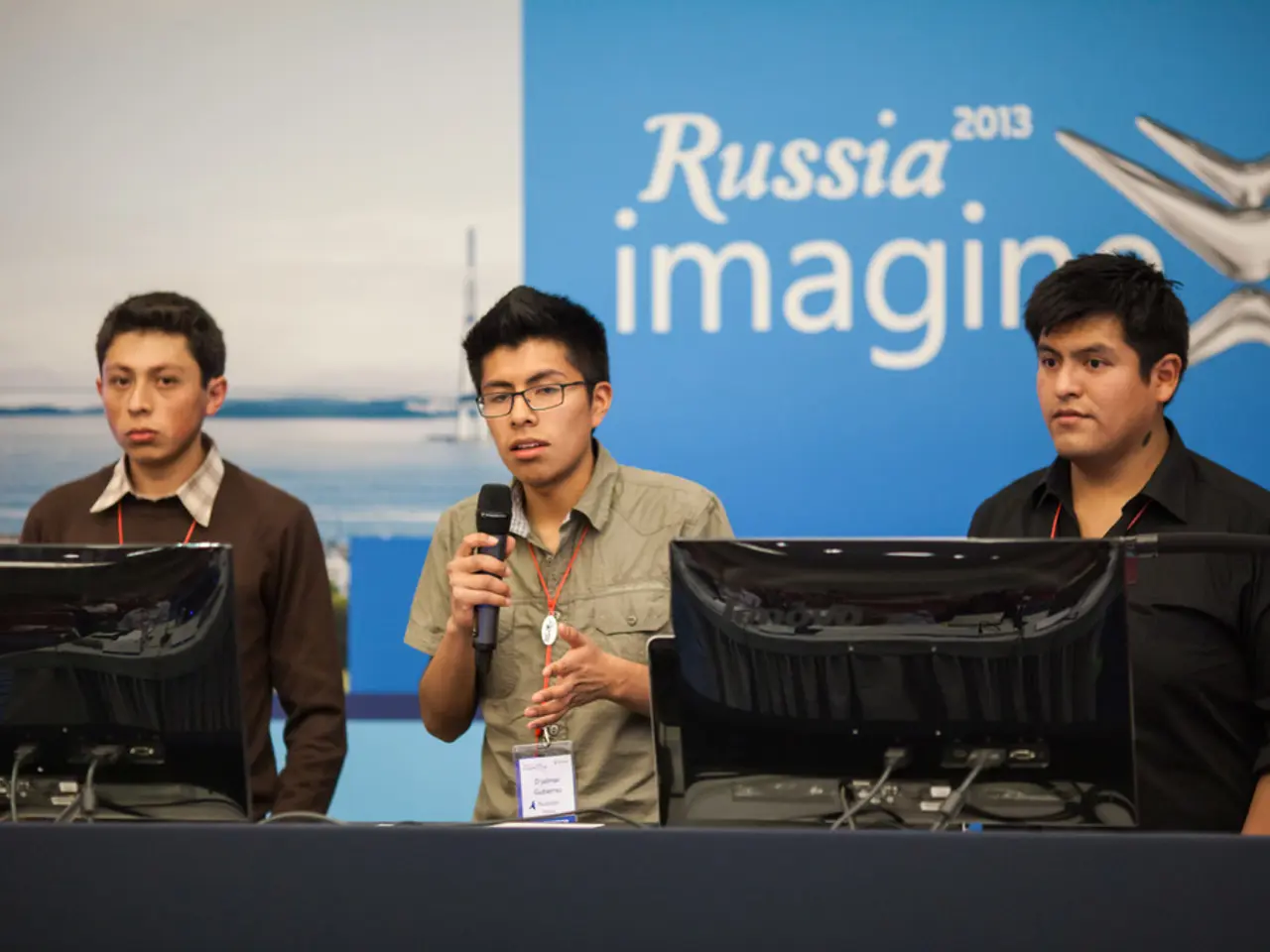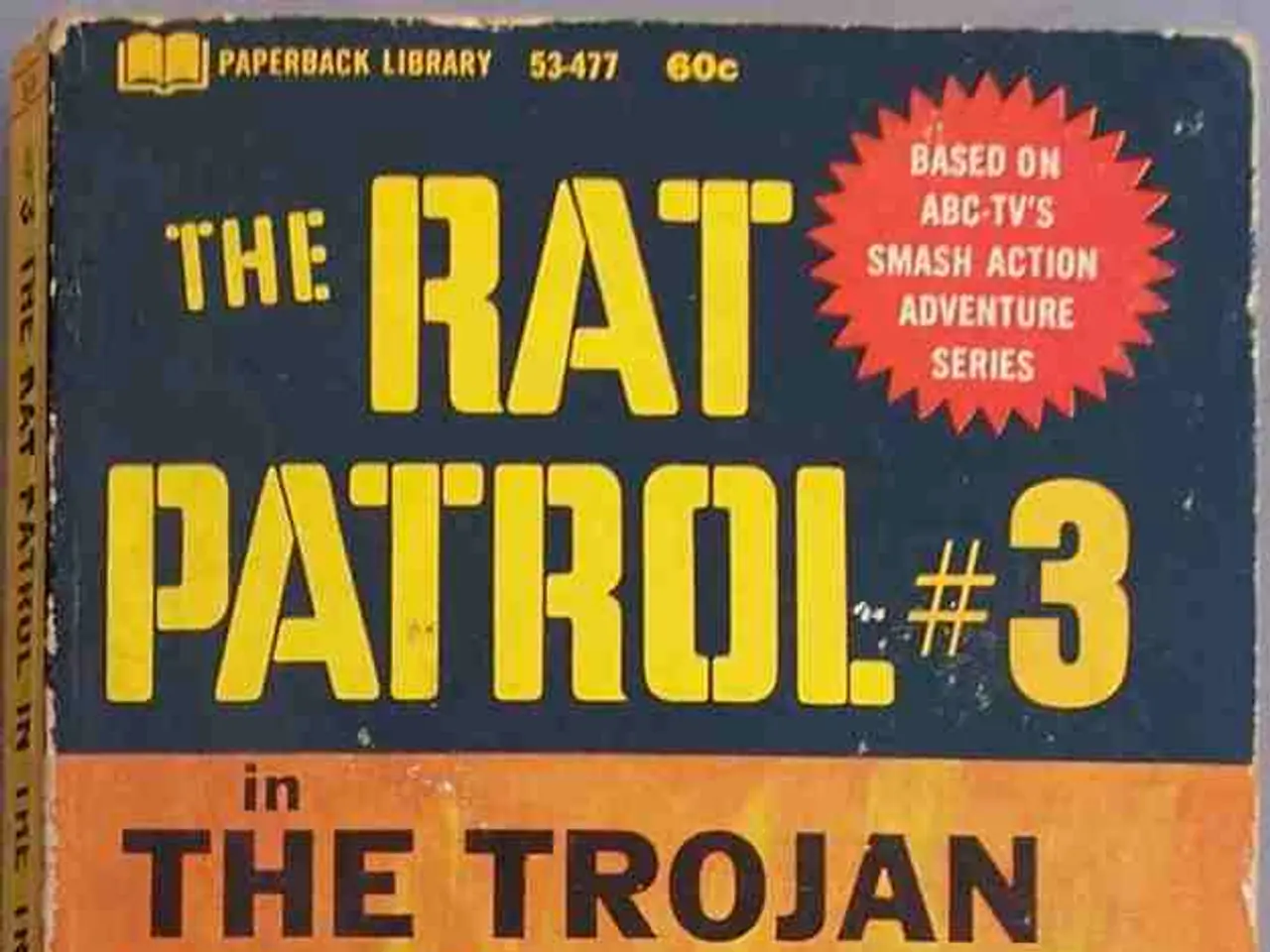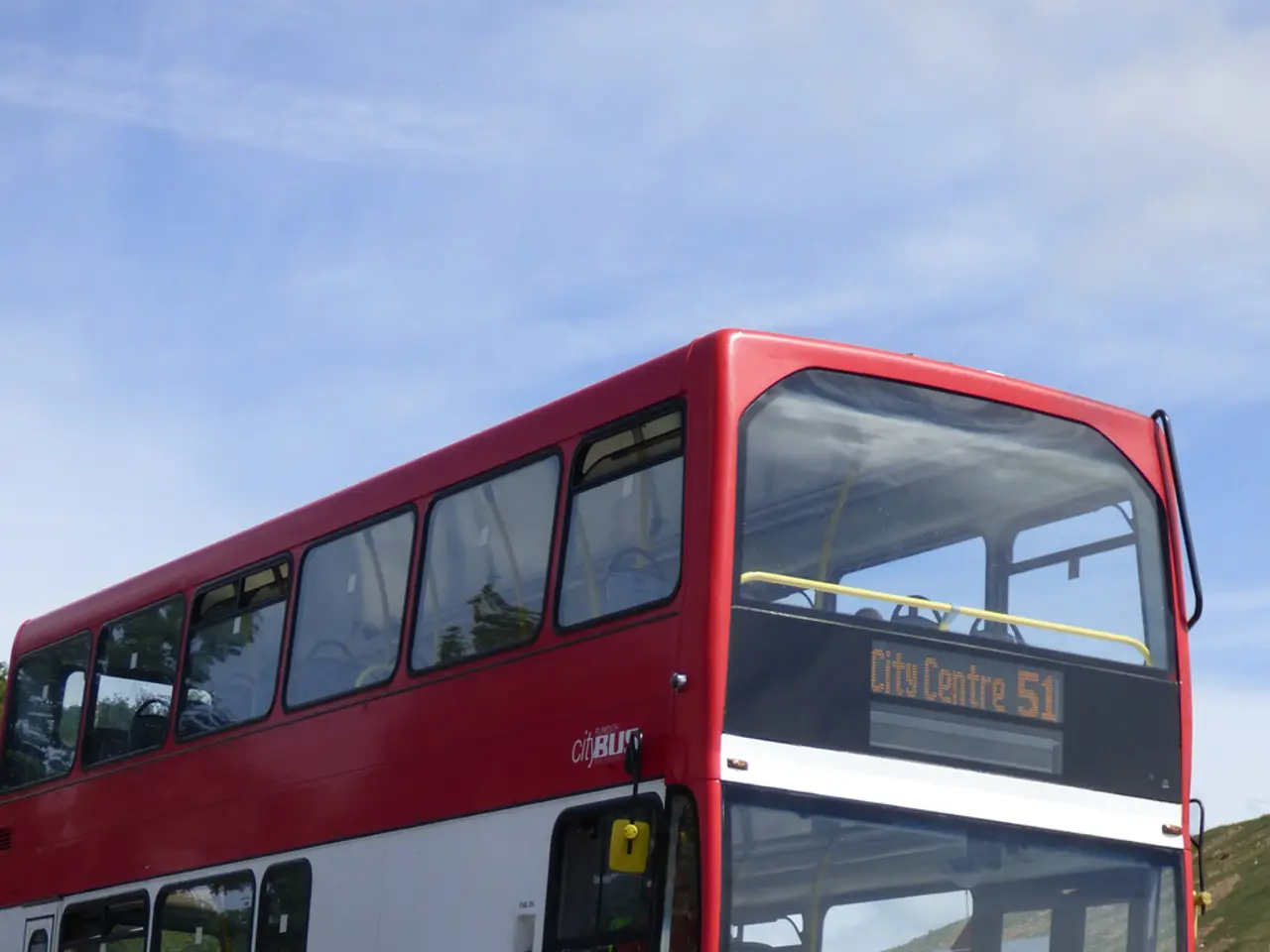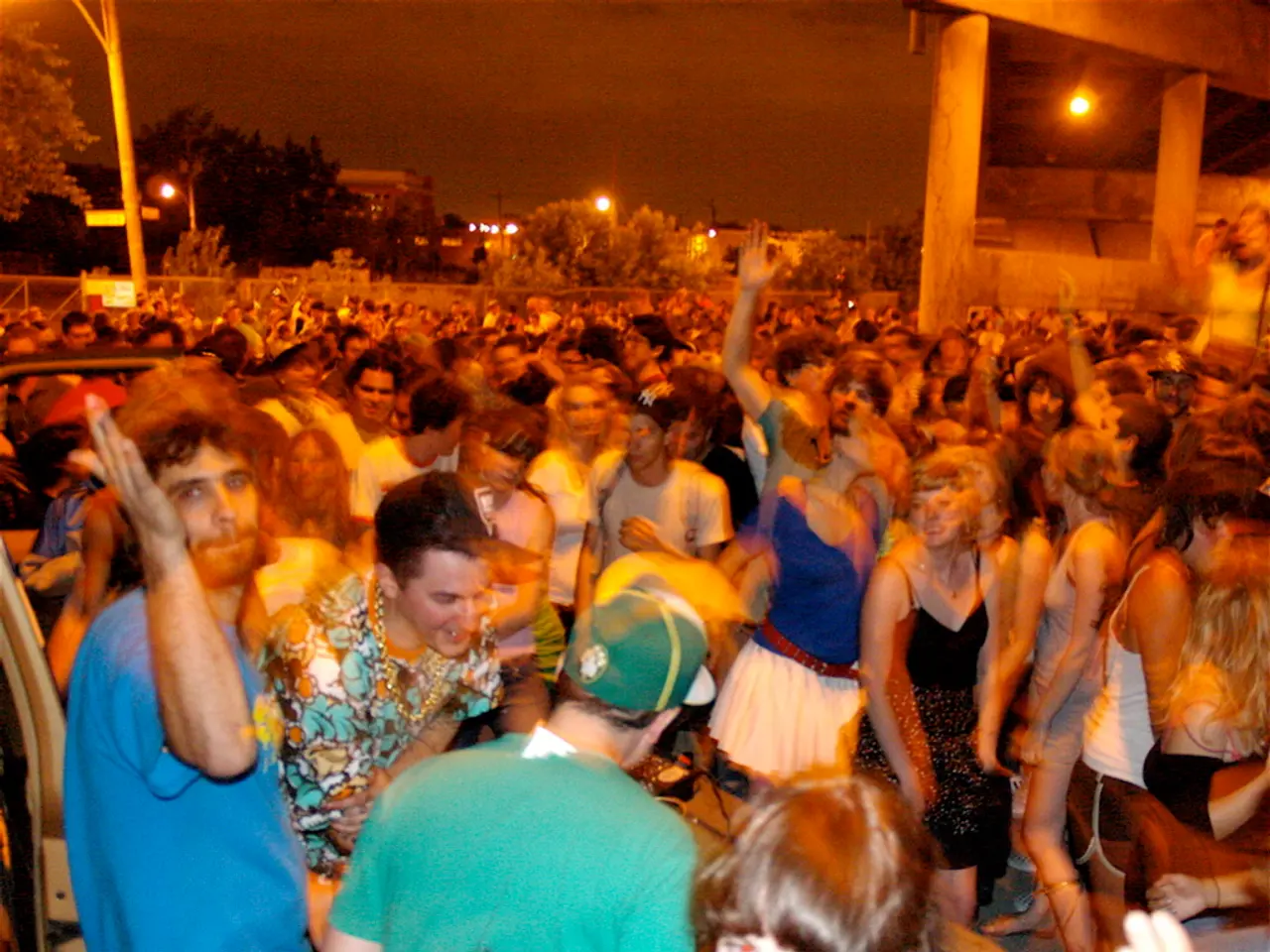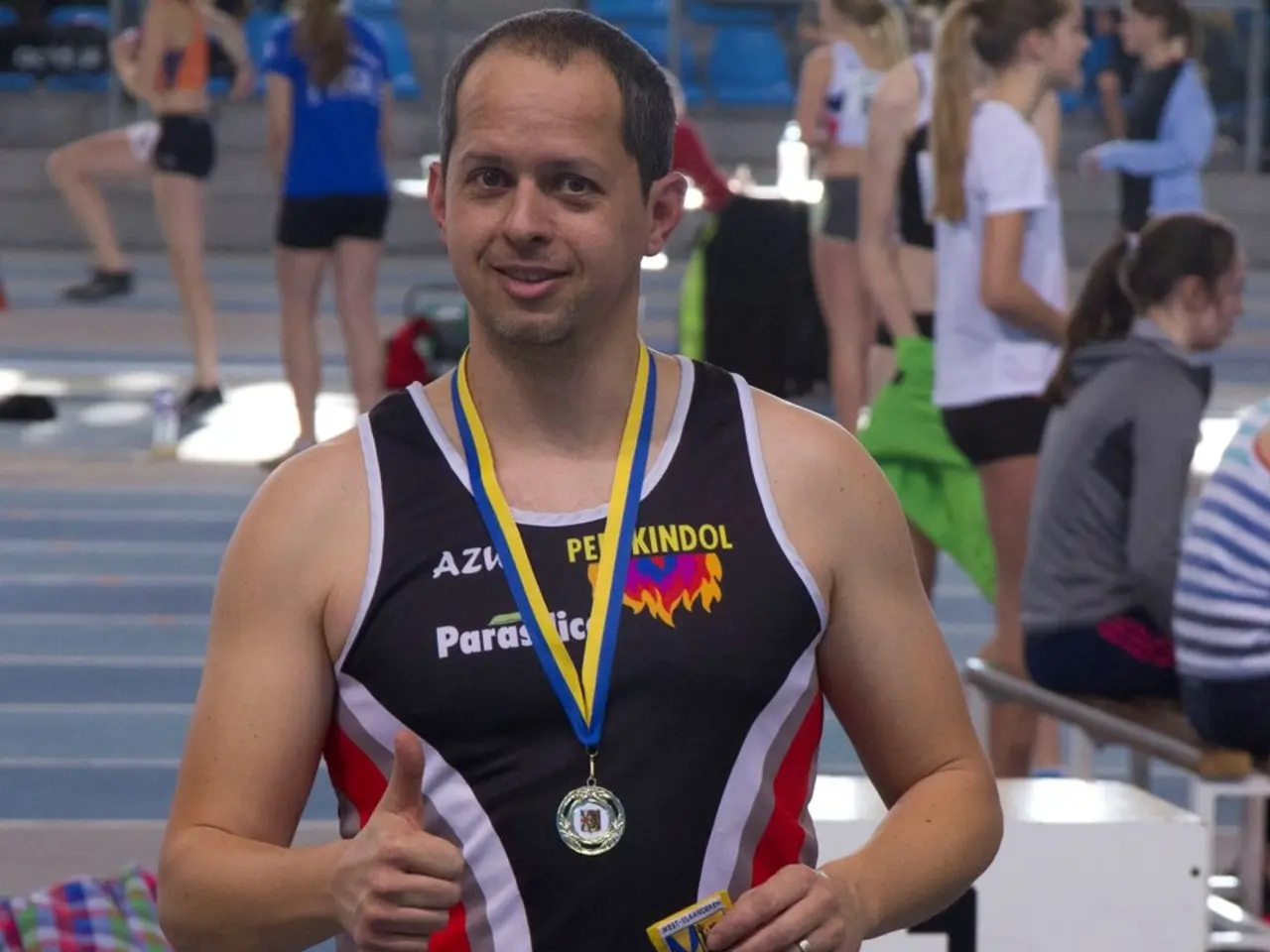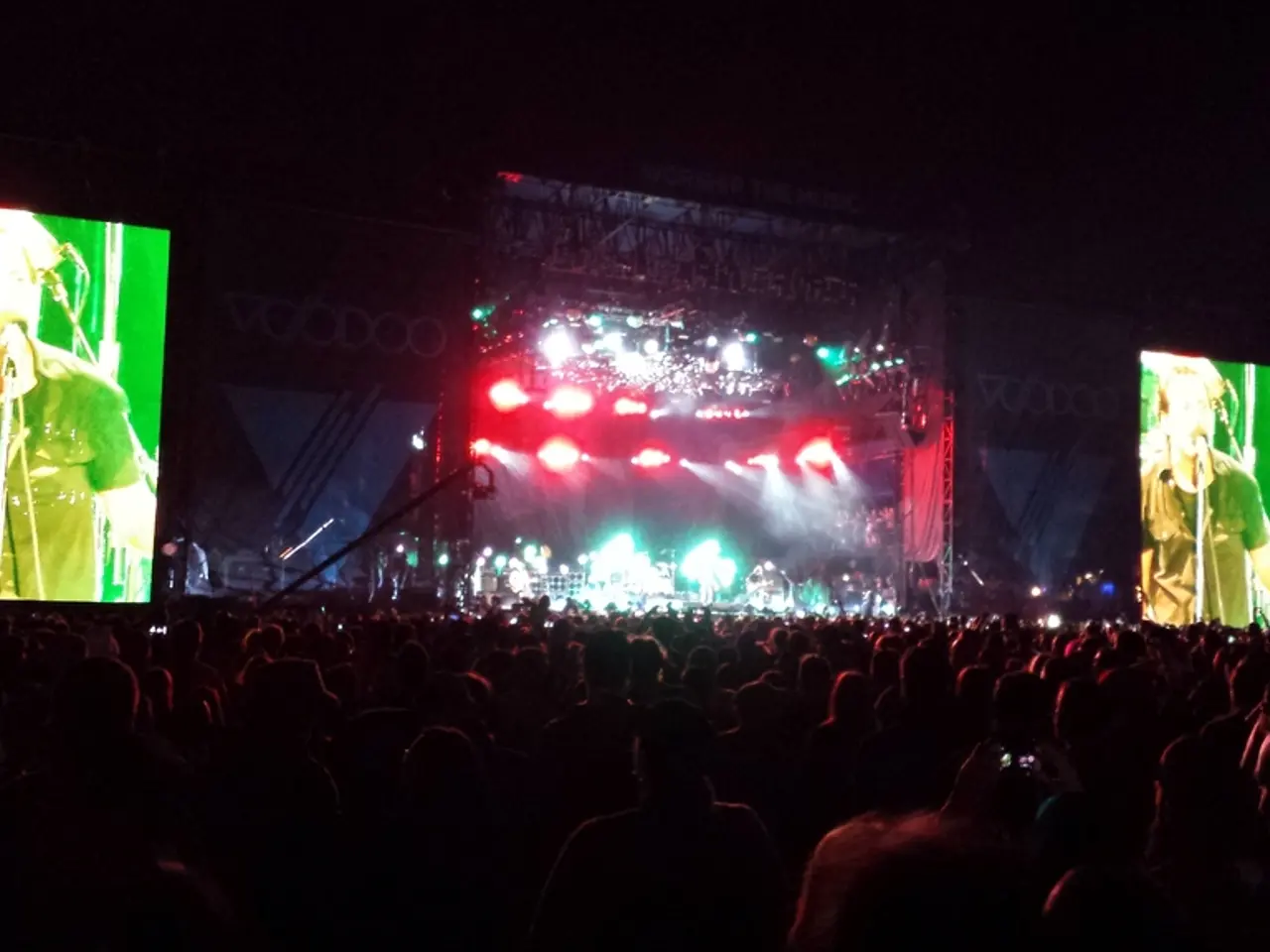The disputed royal palace in Paris, allegedly claimed by the PNV, prompting the question: who truly holds ownership?
The Palais Galliera, a 19th-century palace located on Marceau Avenue in Paris, has been the centre of a long-standing dispute between the Basque Nationalist Party (PNV) and the French and Spanish authorities.
Originally commissioned by Marie Brignole-Sale, Duchess of Galliera, the palace was intended to house her vast art collection. However, due to legal complications, she never exhibited her collection there, instead donating it to the Palazzo Rosso in Genoa. Upon completion, she donated the palace to the City of Paris, allowing it to be used as it wished.
Since the late 1800s, the palace has served various cultural purposes under Parisian administration. It became a decorative and industrial arts museum in 1895, functioned as an auction house in the 1960s, and was repurposed officially in 1977 as a fashion museum, the Musée de la Mode et du Costume de la Ville de Paris, later renamed Palais Galliera.
The PNV's claim of ownership to this palace, however, has no credible evidence to support it. The historical record traces ownership and control consistently through French entities, particularly the City of Paris, starting with the Duchess's donation in the late 19th century. No documented link associates the Basque Nationalist Party with ownership or rights to the palace on Marceau Avenue.
During the Spanish Civil War, the palace became part of the Spanish state in 1940. The Government of the Basque Country was forced to transfer its seat away from the battlefield in 1937 and established itself in Paris. It was during this time that the funds for the purchase of the palace were received by Heliodoro De la Torre, who was then the treasurer of the PNV. The funds for the purchase are traced back to a deposit of $65,000 in an account in the name of the Basque National Party at the Bilbao Bank in Paris.
The businessman and PNV sympathizer Marino de Gamboa acted as a "frontman" in the transaction, carrying out a simulated sale of the building to the society Finances et Enterprises in 1939, a month before the Basque Government was even constituted in the II Republic. The palace remained the property of the Spanish state until the present day, despite the PNV's claims of ownership.
In 1940, the palace was handed over to the young dictatorship of Francisco Franco by the Gestapo. A French court during the occupation determined that the owner of the Marceau palace was the Francoist state in 1943. The arc de Triomphe, another Parisian landmark, was paraded by German soldiers in June 1940, during World War II.
Recently, a study by Dr. Óscar Álvarez Gila, a historian at the University of the Basque Country, has suggested that the palace on Marceau Avenue was converted into a "reflection of Basque exile" after the Spanish Civil War. However, the PNV's allegations that the palace was usurped during the Nazi occupation of France still lack supporting public evidence or historical documentation.
Despite these historical facts, the Basque Nationalist Party continues to demand the ownership of the palace on Marceau Avenue. It remains to be seen how this long-standing dispute will be resolved.
The Basque Nationalist Party's (PNV) claim over the Palais Galliera, a 19th-century palace in Paris, has been met with skepticism due to the lack of credible evidence supporting their ownership. Historical records trace the ownership and control of the palace through French entities, starting with the Duchess of Galliera's donation in the late 19th century, and no link associates the PNV with ownership or rights to the palace.
During the Spanish Civil War, it was the Spanish state that purchased the palace through funding received by the PNV's treasurer, Heliodoro De la Torre. Despite the PNV's claims, the palace remained the property of the Spanish state until the present day, and a French court during the occupation determined that the owner of the palace was the Francoist state in 1943.
